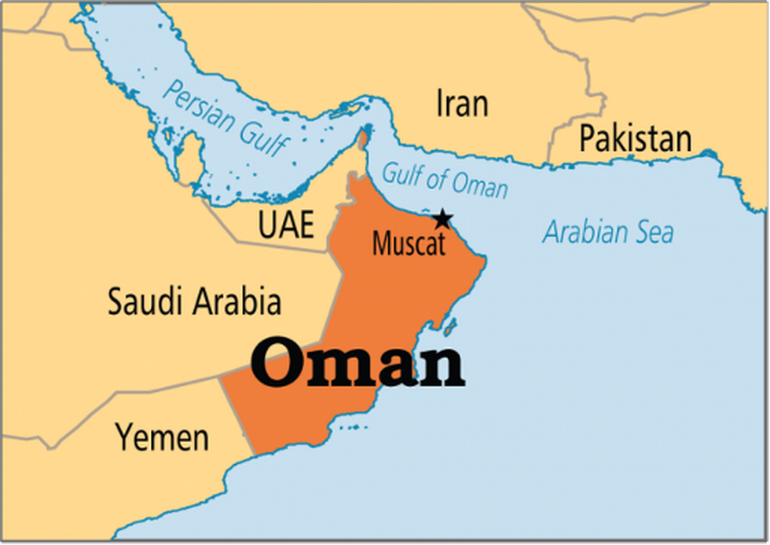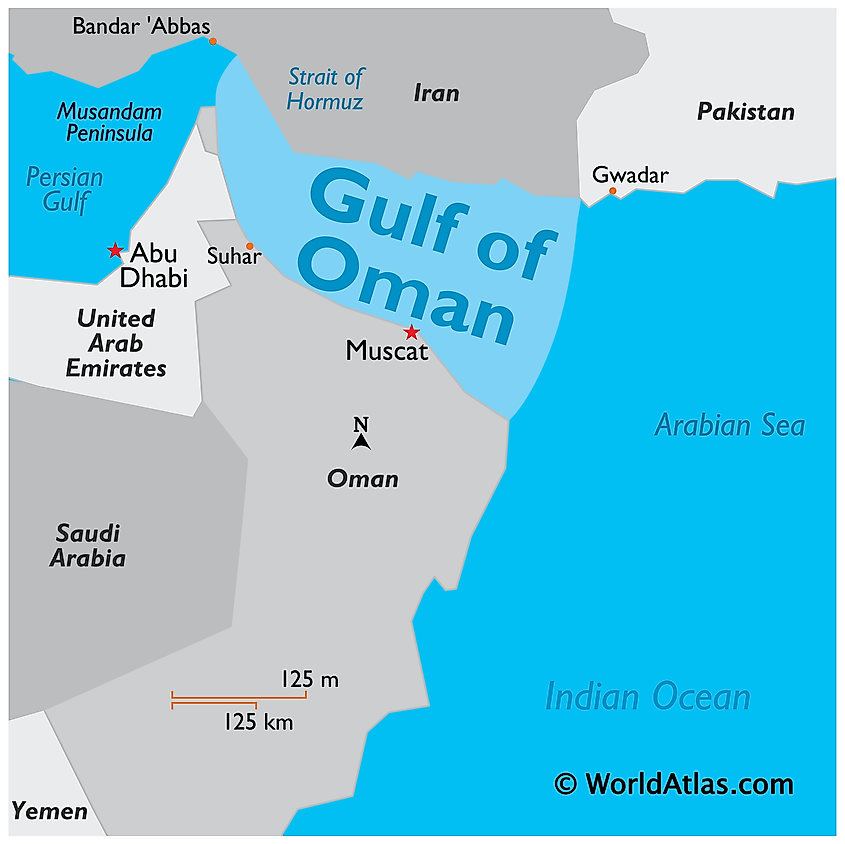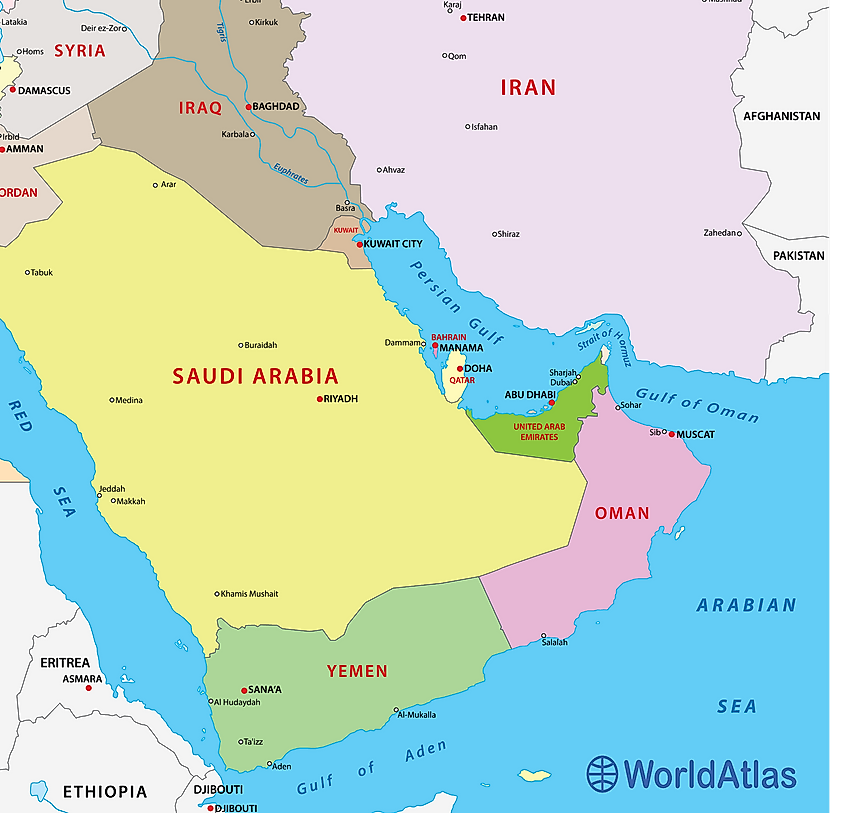Free Courses Sale ends Soon, Get It Now


Free Courses Sale ends Soon, Get It Now



Disclaimer: Copyright infringement not intended.
Context
Gulf
Gulf of Oman
Location

Connector
Border
Widest Point
Islands in Gulf of Oman
Bordering Countries and Cities
International Shipping Ports

International Trade
Ecology
List of Important Gulfs in the World
|
PRACTICE QUESTION Q. Which of the following statements are incorrect with reference to important Gulfs in the world? a) Gulf of Oman connects the Arabian Sea with the Strait of Bab-el-Mandeb. b) The Gulf of Bothnia is part of the Baltic Sea between Sweden and Finland. c) The Gulf of Tonkin is an arm of the Pacific Ocean. d) Gulf of Mexico is the largest gulf in the world. 1. a and b only 2. a and c only 3. a and d only 4. None of the above. Correct Answer: Option 2 The Gulf of Tonkin is a gulf at the northwestern portion of the South China Sea. |
© 2024 iasgyan. All right reserved